Artistic space #144 - André Derain, Wild Art
André Derain, Wild Art
Today I bring you one of the most representative artists of Fauvism, one of the most controversial and radical of the French movement that I continue to base on impressionist principles, but devoting more attention to the perspective that in turn served as inspiration for the Cubist movement, everything is interconnected in art, the evolution is noticed in each period. Today is André Derain's turn. Come with me to learn more about this incredible artist.
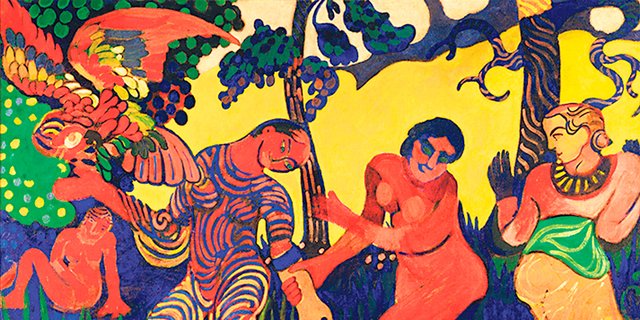
Born in Garches - France on June 10, 1880, he grew up in a working family, his pastry father instilled artistic values in him since he was a child, he was painting pictures at the age of 15, although in his adolescence he was inspired by engineering and entered university to study the career that he would later abandon to devote himself full time to painting.
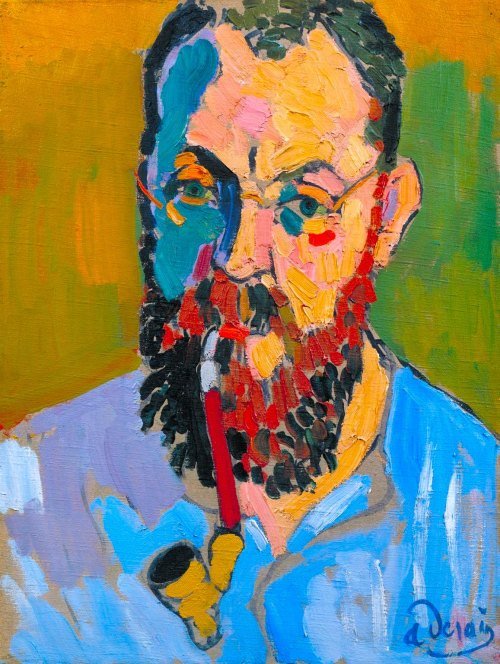
He stood out as a great sculptor, illustrator scenographer, with his friend the painter Matisse began to develop a series of paintings unique at the time that soon would become the inspiration for an entire generation, thus was born the art Fauvist, a genre like impressionism was taken in a derogatory manner among the artistic elites of France, said to be some wild painters devoid of that academicism that so much guarded with suspicion the circles of fine arts.
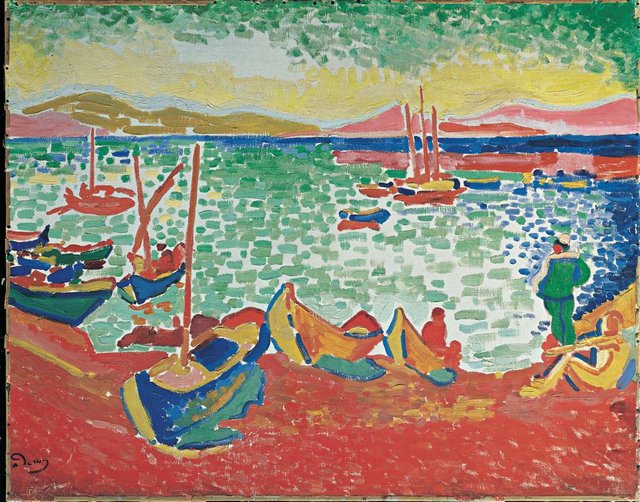
Although Derain concentrated on Fauvism, not only was he good at creating this style that he had practically created, he also handled a lot of traditional techniques, this allowed him to live from illustration where he did not apply Fauvism and scenography.
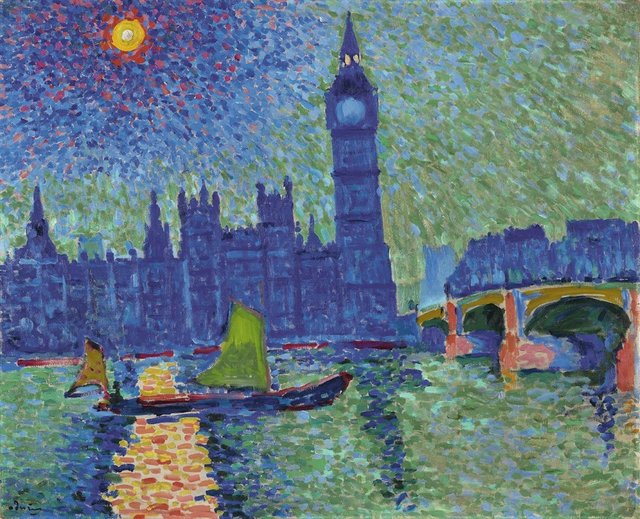
After fighting in the war of that time, he decides to move away from Fauvism for a while and returns to the traditional techniques which brought as a consequence one of the showiest critics of the time, much more after some Nazi generals deeply admired the works of Derain. This was something from which he could never escape, notably tarnishing his reputation.
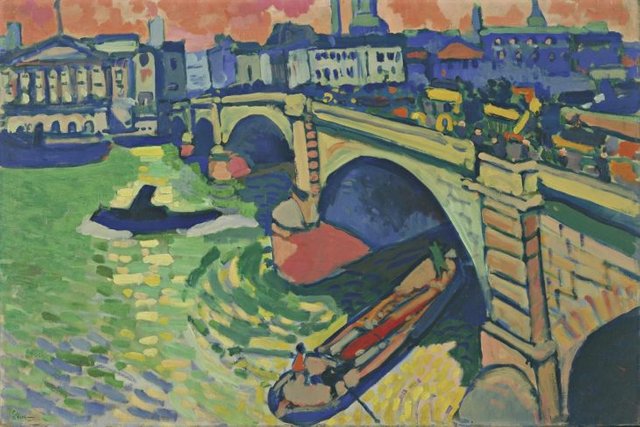
Although this did not represent any problem with respect to the criticism of other artists like Picasso who was impacted by his style and meant a starting point for the Spanish painter who ended up turning Fauvistic ideas into Cubism.
Derain was characterized by making paintings in various styles such as historical, still life and portrait, being well known for his landscapes achieved in the fauvistic genre, especially for his theorization of chromatisms and for his interesting and innovative compositions.
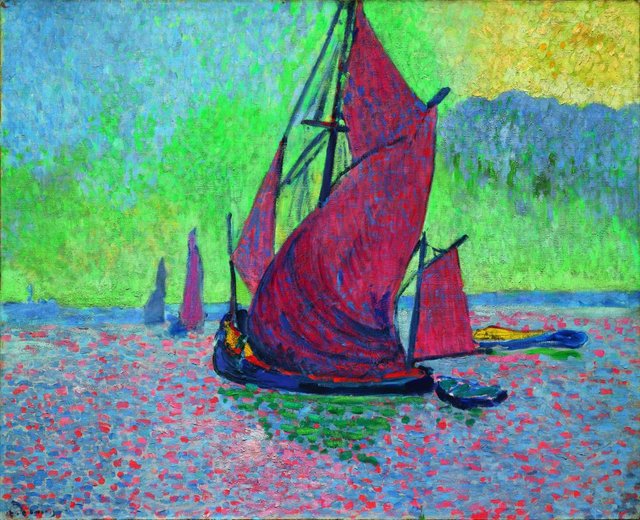
In 1928 he won the Carnegie prize after exhibiting in London and Berlin and in 1929 he crossed borders to exhibit in North American cities such as New York and Cincinnati. He also made the sets for the ballet of the convent garden in London and participated as a stenographer in the Aix-en-Provence festival.
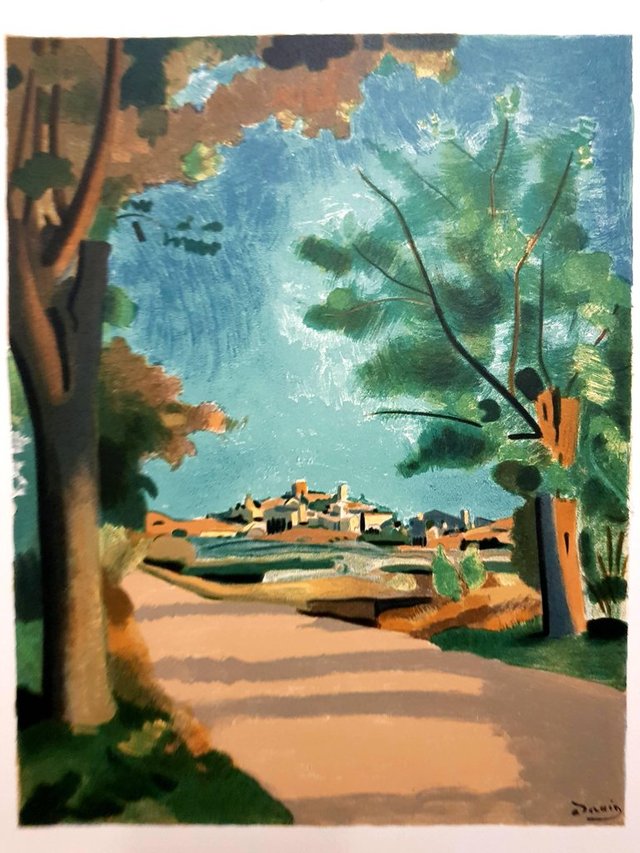
Although his last stage as a painter was devoted to classical art, this did not fail to give him recognition as one of the most influential artists of the twentieth century, his work is the subject of study in different art schools around the world as an obligatory step between a period in which impressionism erupts and fauvism causes the anger of the circles of fine arts to vociferate as never before.
He died in 1954 after being hit by a truck on September 8.
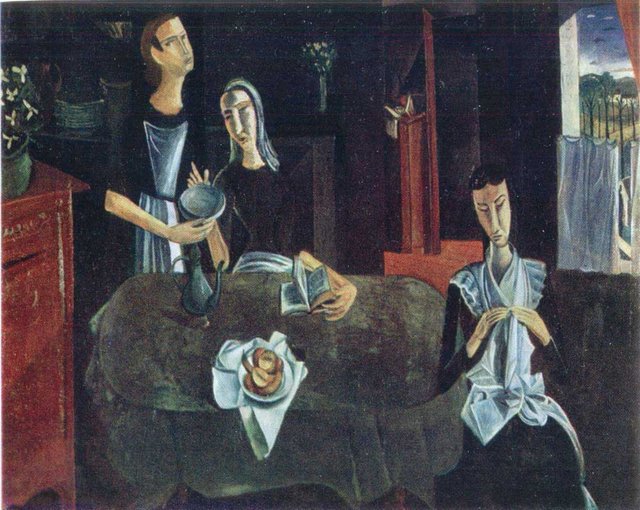
Thank you for reading


If you liked reading this article, feel free to FOLLOW ME, UPVOTE and RESTEEM! It's always appreciated =D. Thank you all for your support and see you soon for the news flamingirl's adventures!

